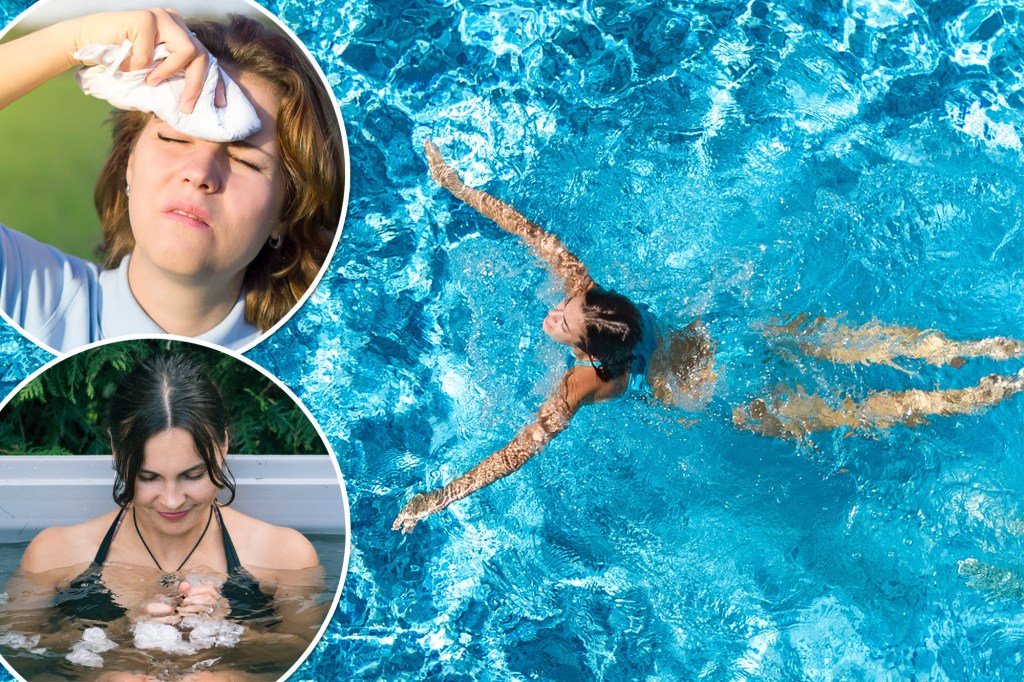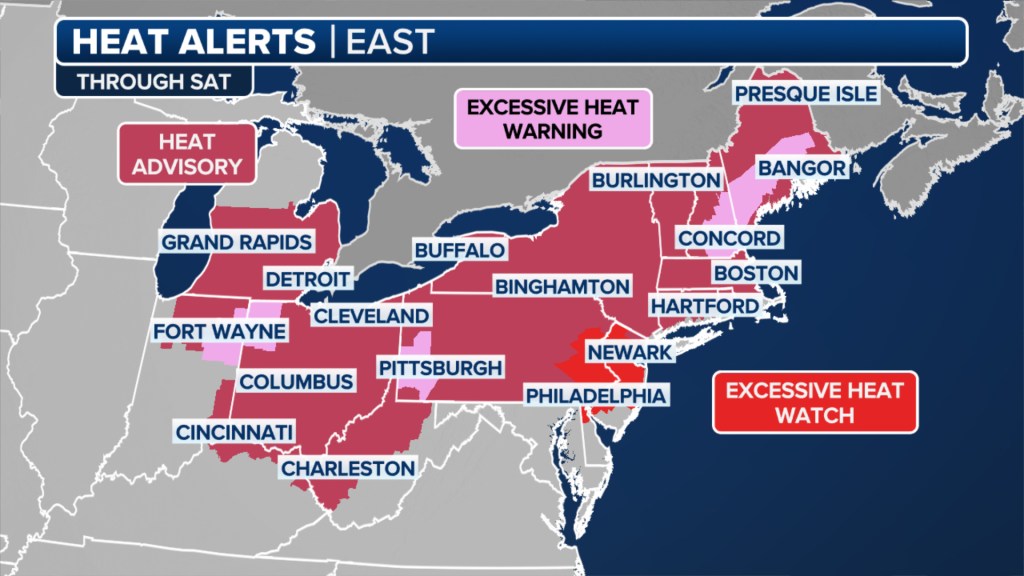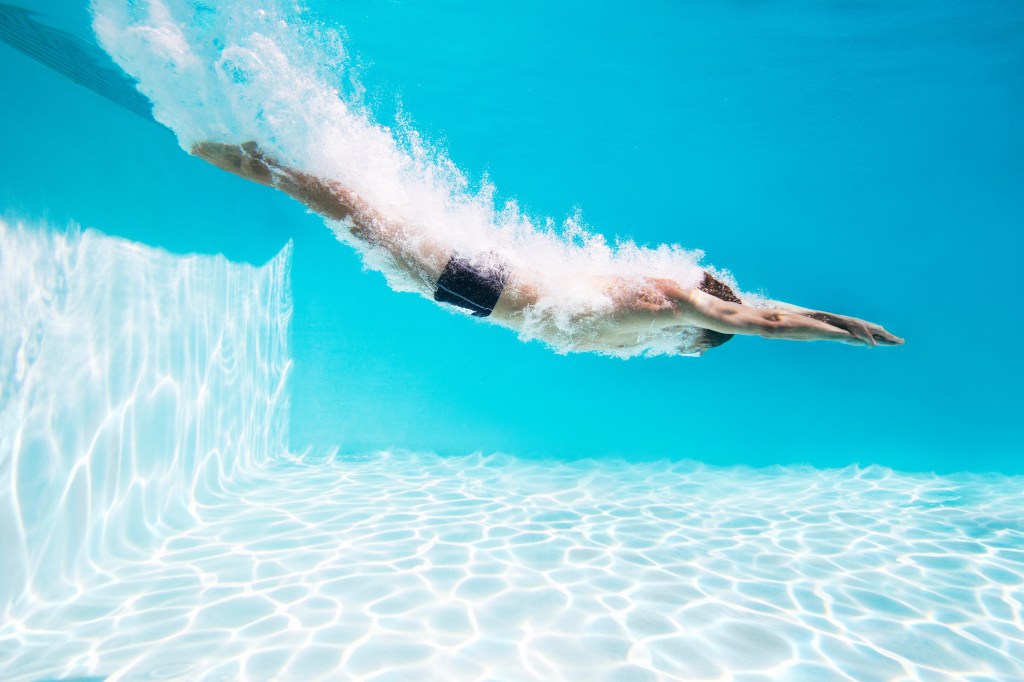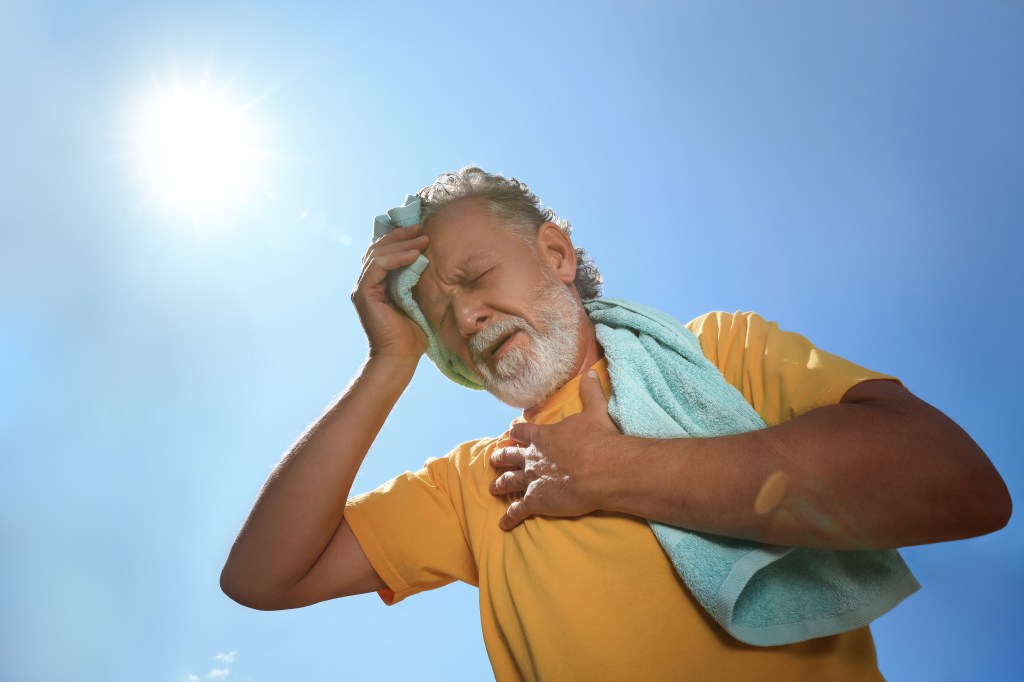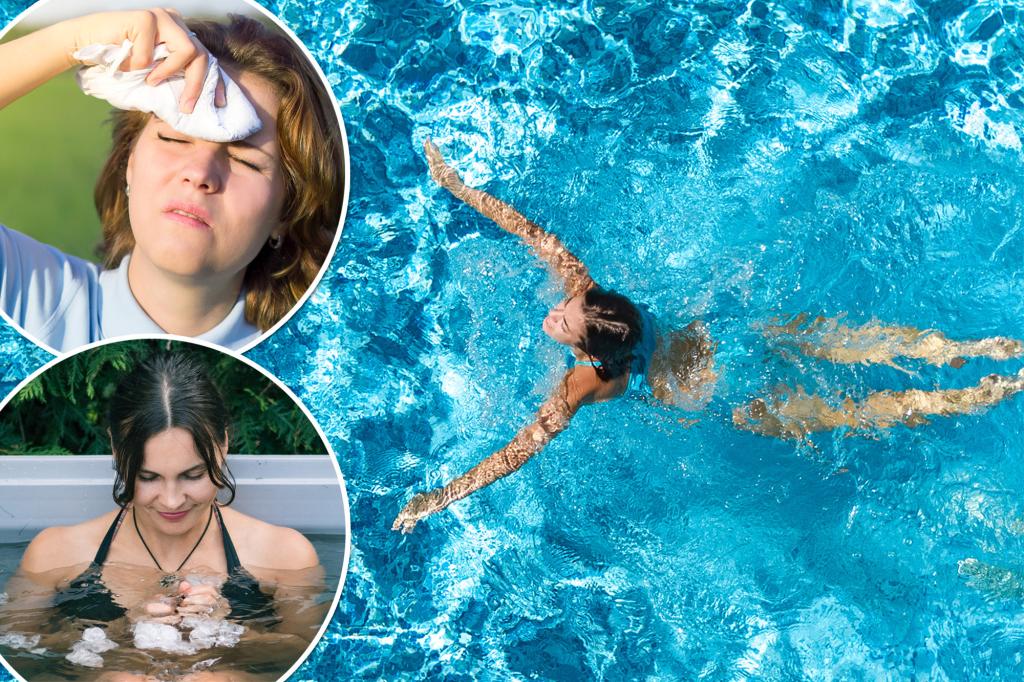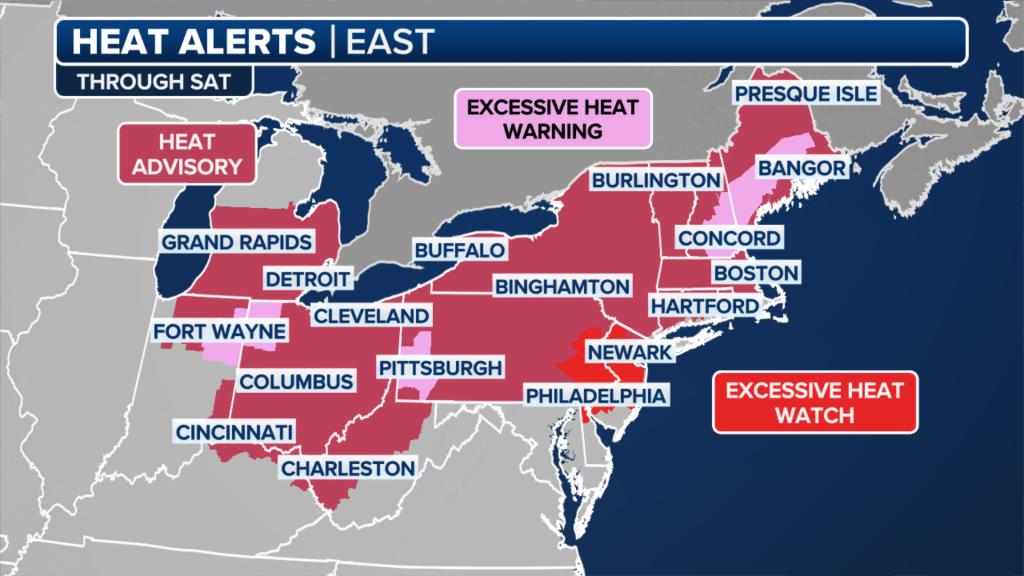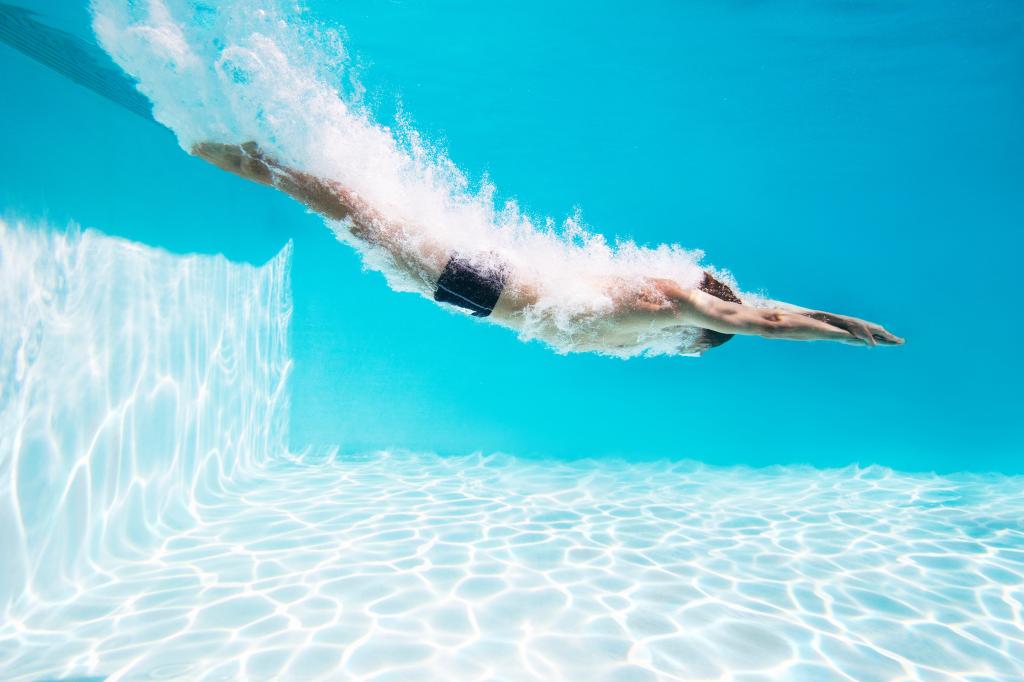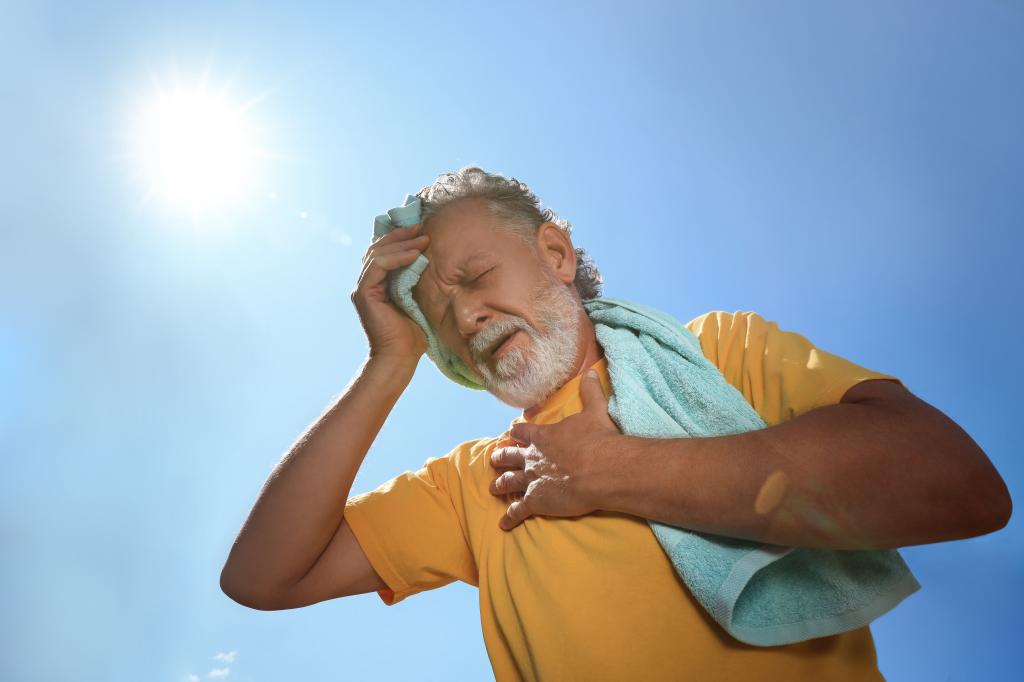Heat dome relief: here’s how to cool down your body quickly
Thursday is the official start of summer, and the changing of seasons has brought oppressive, unprecedented weather to the North East.
What we’re experiencing has been dubbed a “heat dome,” wherein temperatures rise when a hot-air mass is trapped under a high-pressure system, locking it in place.
“Not only is it going to be hot, it’s going to be stagnant conditions. You’re not going to have any kind of breeze that will cool you off,” FOX Weather meteorologist Steve Bender explained.
The dome is currently baking the Big Apple, and the punishing heat is expected to continue through the weekend.
To help combat these climes, stay alive, and fight symptoms of heat-related illness, experts recommend a few get-cool techniques.
High temperatures are particularly hard on the human body. Craig Heller, professor of Physiology at Stanford University, told Time Magazine, “As mammals, we live close to the thermal edge of life and death. We run at 37°C [98.6°F], and only a couple of degrees above that puts us into heat illness and heat stroke.”
To prevent heat-related illnesses the objective is to reduce your core temperature, he told the magazine. The quickest and easiest way to bring down these digits is to apply cooling methods to as large a swath of the body as possible.
RELATED: This handheld fan is a heat wave essential, and it’s STILL 42% off
Experts note body temperature is not uniform, as blood flow determines how heat is distributed. As the body warms, it tries to rid itself of heat by opening up blood vessels closer to the skin and sending blood to those areas. This moves heat away from the core and toward the skin’s surface, where it dissipates. Applying cold water or ice to the skin accelerates this process.
Ollie Jay, a professor of thermal physiology at the University of Sydney, told Time his recommendation for reducing core temp is to pour cool water on the body or place a towel with ice on the chest for a minute at a time every ten minutes.
Cooling a limb is your next best bet if a quick dunk or a cold towel is not immediately available. Jay explained that every object has something called specific heat, or the amount of energy required to heat or cool it by 1°C.
Objects or appendages with large surface areas and smaller masses, like hands and feet, for example, have lower specific heat and are efficient at cooling the body down. The colder the water and the more surface area submerged, the faster the cooling down.
Hands and feet, particularly palms and soles, are also relatively hairless, meaning they can heat up and cool down quickly. This is in part because of large networks of blood vessels in these areas that can quickly exchange heat through the blood.
Jay warned that you may not know when you’ve reached the critical point of overheating. “Behavior is driven by how hot you feel, and health is driven by how hot you are. You can have wildly different skin temperatures for a given core temperature.”
He gave the example of applying a cold towel to the neck and face, which signals to the brain that the body is cooler than it is. This makes you feel like you are cooling off quickly when, in fact, your core temperature remains dangerously high.
Jay urged anyone facing the kind of heat expected this week to keep an eye out for signs of overheating and heat exhaustion.
Frederic Klein, regional communications manager for the American Red Cross Greater New York Region, told The Post that symptoms of overheating often begin with heat cramps, which include muscle pains and spasms in the legs or abdomen.
“Heat exhaustion is the next level and includes heavy sweating, nausea, dizziness, weakness, and exhaustion — as well as cool, moist, and pale skin,” he explained.
Klein added that these symptoms can typically be remedied by hydrating, stretching, and moving to a cooler spot.
Heat stroke is the most serious and potentially deadly heat-related illness. It happens when body temperatures rise to 103 degrees. Symptoms include hot red skin, vomiting, confusion, persistent headache, and loss of consciousness.
Klein cautioned: “That’s life-threatening — and that’s when you want to call 911 immediately.”
Heat-related illnesses are extra dangerous if you’re taking these kinds of meds. To stay hydrated in the heat, see our list of water-dense foods to eat.








